Erik K. Hobbie

Director - Graduate Program in Materials and Nanotechnology
Professor - Department of Physics, Department of Coatings and Polymeric Materials
North Dakota State University
Fargo, ND 58108-6050
701-231-6103 (phone)
701-231-7088 (fax)
Ph.D. University of Minnesota (1990)
Research in the Hobbie group is focused on the synthesis, processing and characterization of colloidal nanocrystals. Specific materials of interest include silicon nanocrystals, perovskite nanocrystals, metal nanocrystals and single-wall carbon nanotubes (SWCNTs). We are also interested in the self-assembly of these nanomaterials and their use in high-performance polymer nanocomposite films for applications in lighting (LEDs and displays), energy (photovoltaics and flexible electronics), and biomedical engineering (fluorescent tagging, sensing and drug delivery).
Erik Hobbie received his Ph.D. and BS degrees in Physics from the University of Minnesota. He was a National Research Council Postdoctoral Fellow in polymer physics at the National Institute of Standards and Technology (NIST) in Gaithersburg Maryland from 1990 to 1992, and a senior research scientist at NIST for several years before coming to NDSU in the fall of 2009.
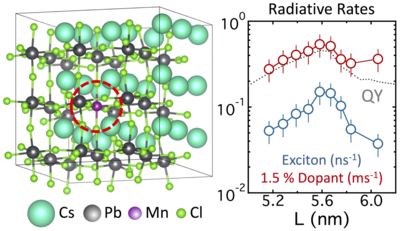
Size-dependent doping synergy and dual-color emission in CsPb1-xMnxCl3 nanocrystals (https://pubs.acs.org/doi/10.1021/acs.jpcc.1c06995)
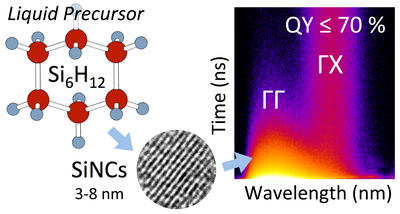
Bright silicon nanocrystals from a liquid precursor: Quasi-direct recombination with high quantum yield (https://pubs.acs.org/doi/10.1021/acsnano.9b09614)
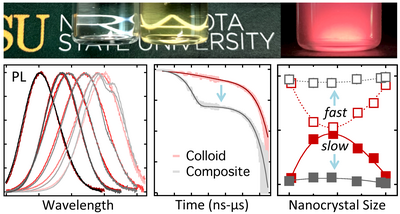
Radiative relaxation in luminescent silicon nanocrystal thiolene composites (https://pubs.acs.org/doi/10.1021/acs.jpcc.0c11052)
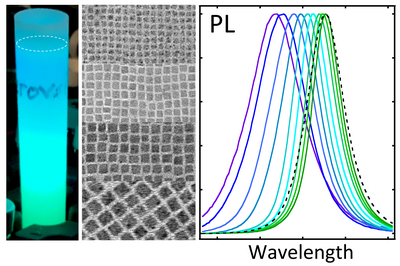
Brightly luminescent CsPbBr3 nanocrystals through ultracentrifugation (https://pubs.acs.org/doi/10.1021/acs.jpclett.0c01936)
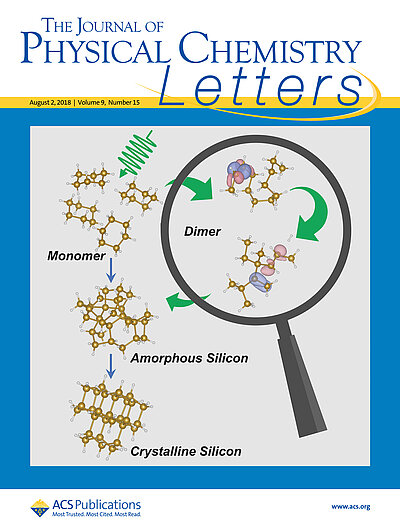
Unraveling photodimerization of cyclohexasilane from molecular dynamics studies (https://pubs.acs.org/doi/10.1021/acs.jpclett.8b01691)
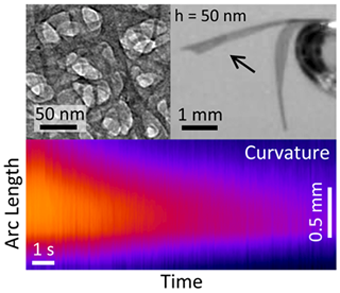
Macroscopic freestanding nanosheets with exceptionally high modulus (https://pubs.acs.org/doi/abs/10.1021/acs.langmuir.8b01025)
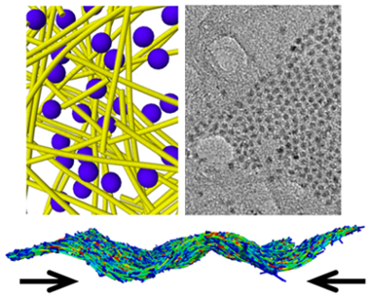
Enhancing the elasticity of ultrathin single-wall carbon nanotube films with colloidal nanocrystals (https://pubs.acs.org/doi/abs/10.1021/acs.langmuir.7b01988)
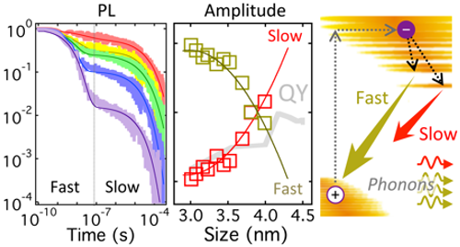
Abrupt size partitioning of multimodal photoluminescence relaxation in monodisperse silicon nanocrystals (https://pubs.acs.org/doi/abs/10.1021/acsnano.6b07285)
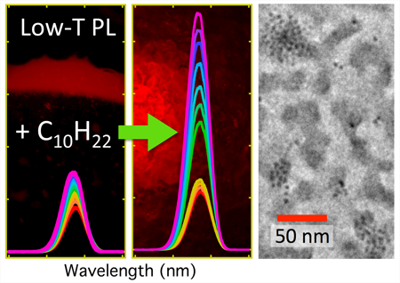
Enhancing silicon nanocrystal photoluminescence through temperature and microstructure (https://pubs.acs.org/doi/abs/10.1021/acs.jpcc.6b05837)
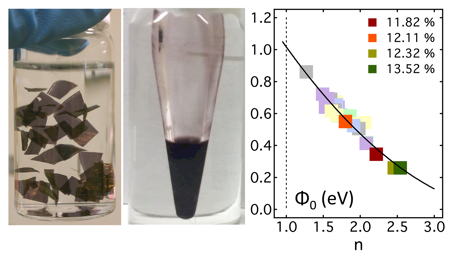
Impact of SWCNT processing on nanotube-silicon heterojunctions (http://pubs.rsc.org/en/content/articlelanding/2016/nr/c5nr08703a#!divAbstract)

Enhanced luminescent stability through particle interactions in silicon nanocrystal aggregates (https://pubs.acs.org/doi/abs/10.1021/acsnano.5b02676)
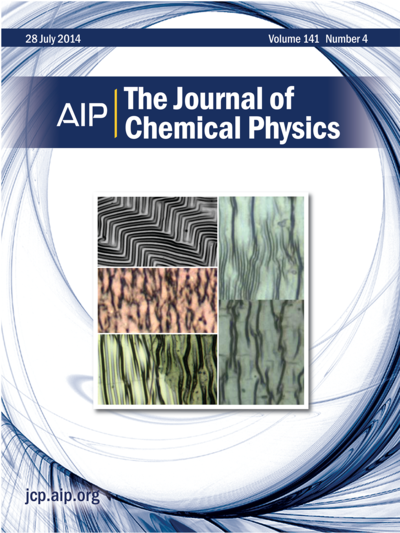
Our work was recently featured on the cover of JCP - "Wrinkling and folding of nanotube-polymer bilayers", Matthew R. Semler, John M. Harris and Erik K. Hobbie, Journal of Chemical Physics 141, 044901 (2014), DOI: 10.1063/1.488775.

Our work was recently featured on the cover of Langmuir - "Purifying colloidal nanoparticles through ultracentrifugation with implications for interfaces and materials", Joseph B. Miller, John M. Harris and Erik K. Hobbie, Langmuir 30, 7936-7946 (2014), DOI: 10.1021/la40467, Invited Feature Article.
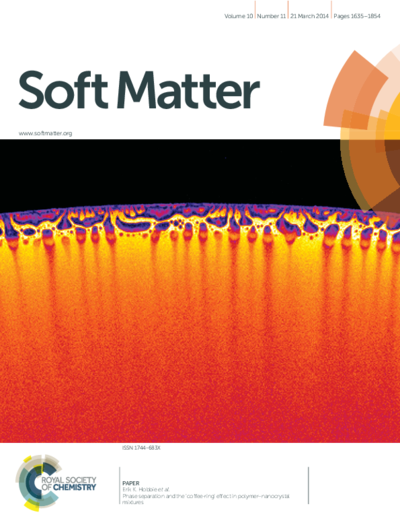
Our work was recently featured on the cover of Soft Matter - “Phase separation and the coffee-ring effect in polymer-nanocrystal mixtures”, Joseph B. Miller, Austin C. P. Usselman, Rebecca J. Anthony, Uwe R. Kortshagen, Alexander J. Wagner, Alan R. Denton and Erik K. Hobbie, Soft Matter 10, 1665-1675 (2014), DOI: 10.1039/C3SM52807C. From themed collection 2014 Soft Matter Hot Papers.
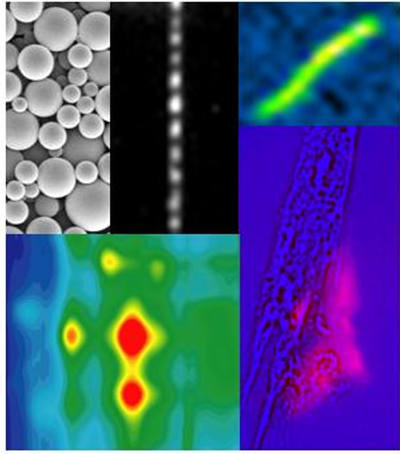
Image: (clockwise from top left) Crosslinked polydimethacrylate colloids synthesized with a permanent interfacial coating of single-wall carbon nanotubes (SWCNTs) wrapped with single-stranded DNA; A self-assembled linear crystal of individual (1 micrometer long) SWCNTs imaged with near-infrared (NIR) fluorescence microscopy; An isolated SWCNT (5 micrometers long) in NIR fluorescence microscopy; Aggregated SWCNTs (pink) on the outer membrane of an MCT3T fibroblast; NIR emission spectra of a single-stranded DNA-SWCNT suspension.
This Web page represents the views of the author and not necessarily those of North Dakota State University.
NDSU is not responsible or liable for its contents.